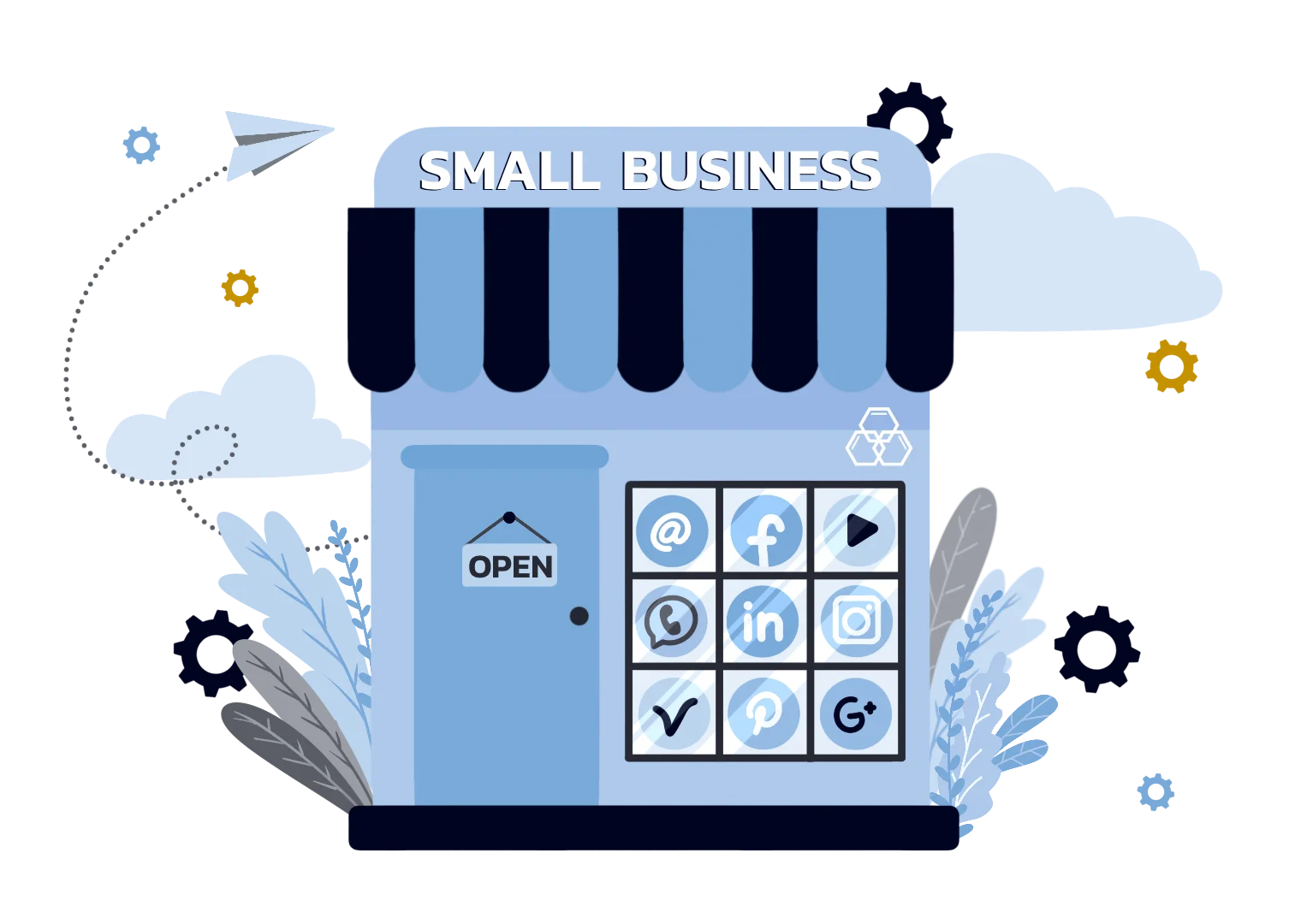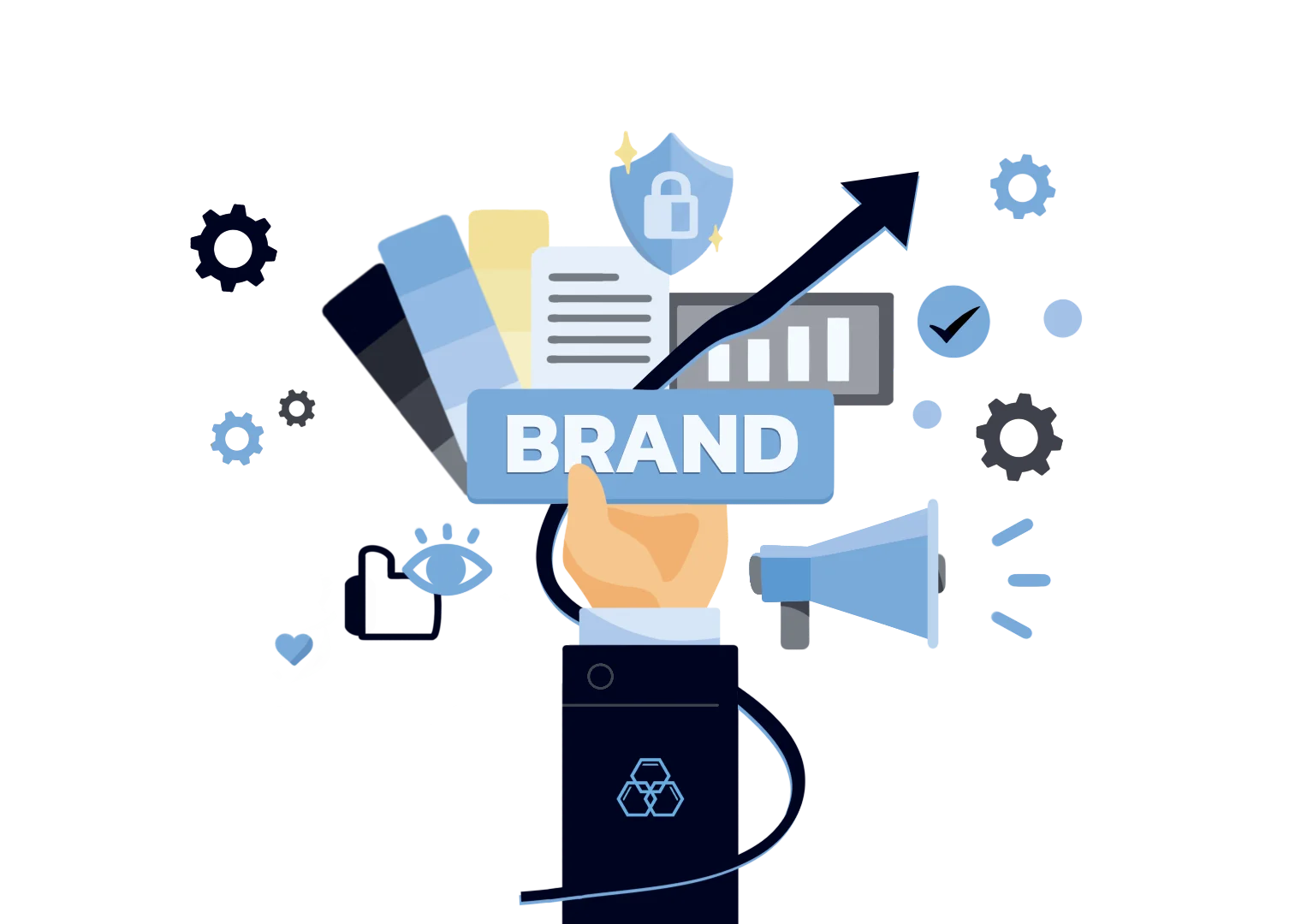Social media has become an indispensable brand platform, especially for small businesses and startups. You can connect with potential customers, increase brand awareness, and increase sales. However, creating effective social media ads can be daunting, from choosing the platform to deciding what kind of post to make.
If you still need to figure out where to start, take a look at a list of 10 social media advertising campaigns.
from which you can draw inspiration.
Why Do Marketers Focus on Social Media Advertising?

Why have social media ads garnered such immense popularity among marketers? Here are some compelling reasons:
Cost-Effective
Social media advertising platforms offer flexible budgeting options, allowing marketers to set daily, weekly, or monthly ad spend that aligns with their social media campaign goals.
Social media ad campaigns can be more cost-effective than traditional advertising channels like television or print, as you can start your campaign with a free account on platforms like TikTok, Facebook, YouTube, and other social media platforms.
Moreover, marketers can experiment with different ad formats, targeting options, and bidding strategies to find the most efficient and cost-effective approach.
Massive Reach
Social media has a global footprint and allows businesses to reach customers in virtually any corner of the world. Unlike traditional ads, expanding your reach will cost you more than what you earn, especially if you're still starting to take your place in your market.
The user base of social media channels is also incredibly diverse, encompassing people of all ages, genders, backgrounds, and interests. This gives marketers a wealth of potential customers to target, who are easily accessible.
Targeted Advertising
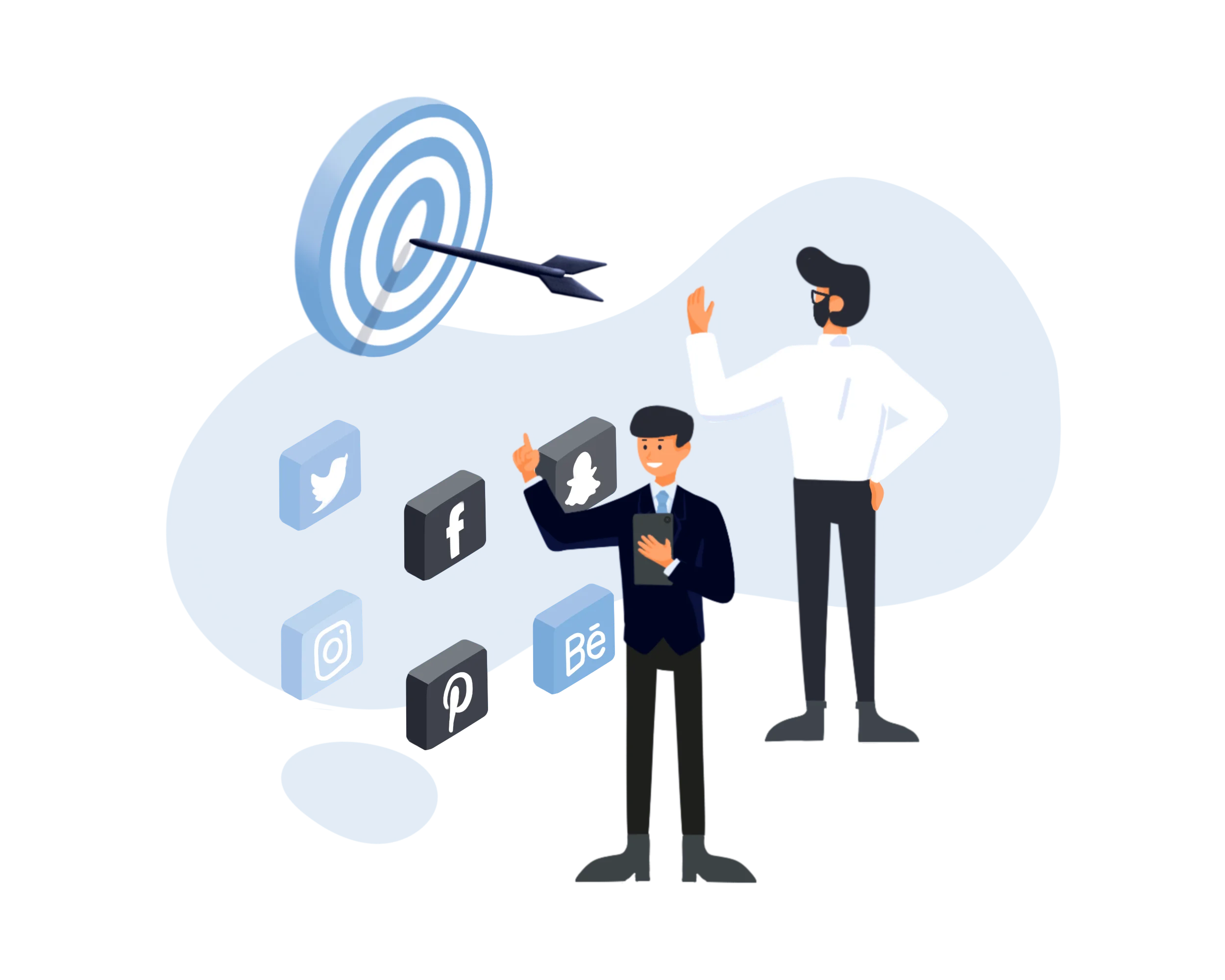
Social media platforms offer marketers a wide range of targeting options, including demographics (age, gender, location), interests (hobbies, activities), behaviors (purchase history, website visits), and even psychographics (values, personality traits).
With a wealth of audience research insights, marketers can create audience segments for their marketing efforts based on their existing user data, targeting the right audience with similar characteristics.
Community Engagement Opportunities
Social media enables direct communication between brands and their customers. Marketers can respond to comments, questions, and concerns, fostering a sense of connection and trust. This allows marketers to optimize their campaigns to see what works and what does not, based on actual feedback from their audience, which makes it more effective.
Perhaps one of the most effective social media campaigns is UGC, or user-generated content, which encourages users to create and share content related to the brand. It can be a powerful way to increase brand engagement, build brand loyalty, and generate social proof.
Social media platforms can also build communities around the brand, where customers can create meaningful engagement, share experiences, and provide customer feedback.
Measurable Results
Most social media platforms provide marketers with comprehensive analytics and dashboards that track campaign performance with KPIs such as impressions, website traffic, clicks, conversions, and return on investment. This data-driven approach allows marketers to measure the effectiveness of their campaigns and make informed decisions. Moreover, multiple platforms can also be integrated with online marketing tools, which enhances and optimizes your marketing strategies.
Marketers can experiment with ad variations to identify the most effective elements, such as headlines, images, and calls to action. These valuable insights helps optimize campaigns for better results.
Understanding the customer journey allows marketers to attribute conversions to specific touchpoints, including social ads. This helps evaluate the ROI of social media campaigns.
Real-Time Engagement
.webp)
Social media allows brands to respond to customer inquiries and address concerns in real-time, improving customer satisfaction and building trust.
When a brand is under a crisis, social media can communicate with customers, manage the situation, and mitigate damage to the brand's reputation.
Marketers can leverage trending topics and hashtags to increase visibility, engage with their audience members, and generate interest in their products or services.
What Makes Good Social Media Advertising?
Here are some key factors that contribute to effective social media advertising;
1. Clear and Compelling Message
- Strong Call to Action (CTA): A clear and compelling CTA guides users toward the desired action, whether purchasing, signing up for a newsletter, or visiting a website. An excellent social media post also understands the balance between providing content and serving the bottom line.
- Clear Value Proposition: Highlight your product or service's unique benefits and value to the target audience. Touch how your products and services can address your audience's pain points.
- Relevance: Ensure the message is directly relevant to your audience's interests and needs. The audience knows and understands an ad when they see one, and putting a post that simply sells something isn’t enough anymore.
2. High-Quality Visuals
- Eye-Catching Images or Videos: Use engaging visual content that grabs attention and complements the message. Look for trends your audience is interested in and keep them consistent with your brand without looking at pandering.
- Consistency: Maintain a consistent visual style that aligns with your brand identity. Explore some facets of your brand, but ensure it doesn’t alienate your core audience.
3. Targeted Audience
- Precise Targeting: Use social media platforms' targeting options to reach the right people most likely to be interested in your product or service. Usually, knowing the platform itself is also a consideration for the audience you are supposed to have. For example, TikTok is a short-form video sharing platform for a younger audience, while LinkedIn has a much more adult audience, being a professional networking site. These platforms often have tools for marketers that track useful metrics like audience demographics and more.
- Understanding Your Audience: Research your target audience's demographics, interests, and behaviors to tailor your message accordingly.
4. Engaging Copy
- Consistent Tone: If you're targeting a general audience, write in a natural, conversational tone that resonates with your audience. For example, be professional in your LinkedIn ads when you want to assert expertise, like B2B brands. Remember that audience research is directly tied to how you sound when you create social media content.
- Emotional Appeal: Depending on your intent, connect with your audience emotionally by telling stories, using humor, or evoking empathy. Treat your brand as a person that deeply connects with your audience.
11 Successful Social Media Advertising Examples
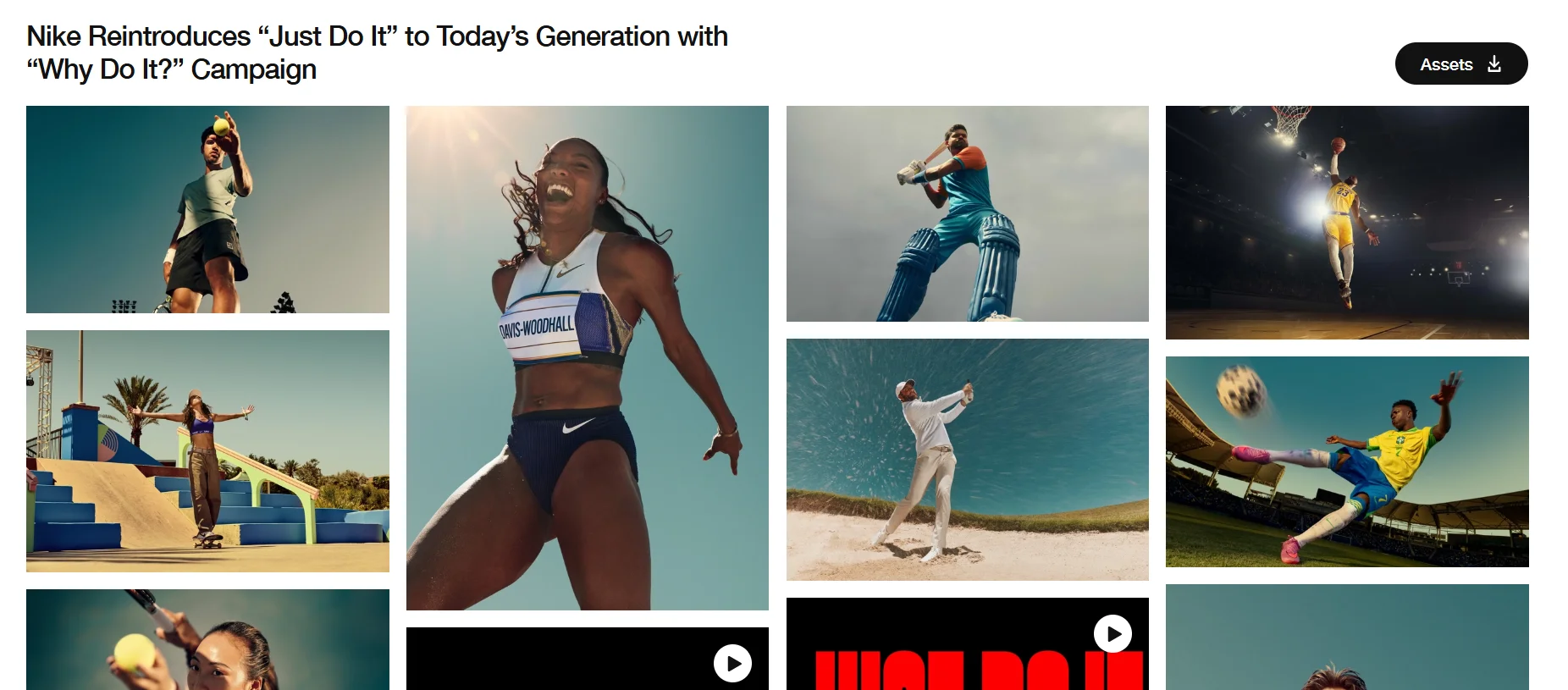
Nike
Nike's iconic "Just Do It" campaign, now reintroduced to newer generations, has been a cornerstone of their marketing strategy for decades. Beyond the catchy slogan, the campaign's success lies in its ability to inspire and motivate audiences.
In its latest campaign, Nike taps into the universal desire for personal triumph by featuring athletes overcoming adversity and achieving their goals. This emotional connection resonates deeply with consumers, making the brand synonymous with motivation and achievement.
Aviation Gin

Aviation Gin featuring Ryan Reynolds has been a masterstroke in social media marketing. Reynolds's humorous and self-deprecating approach has made the brand a viral sensation.
The video ads often feature Reynolds, like the one above, with his signature comedic style on full-display, creating a memorable and shareable experience. This campaign proved to be effective, the blend of humor and relatability has helped to establish Aviation Gin as a fun and approachable brand.
Apple
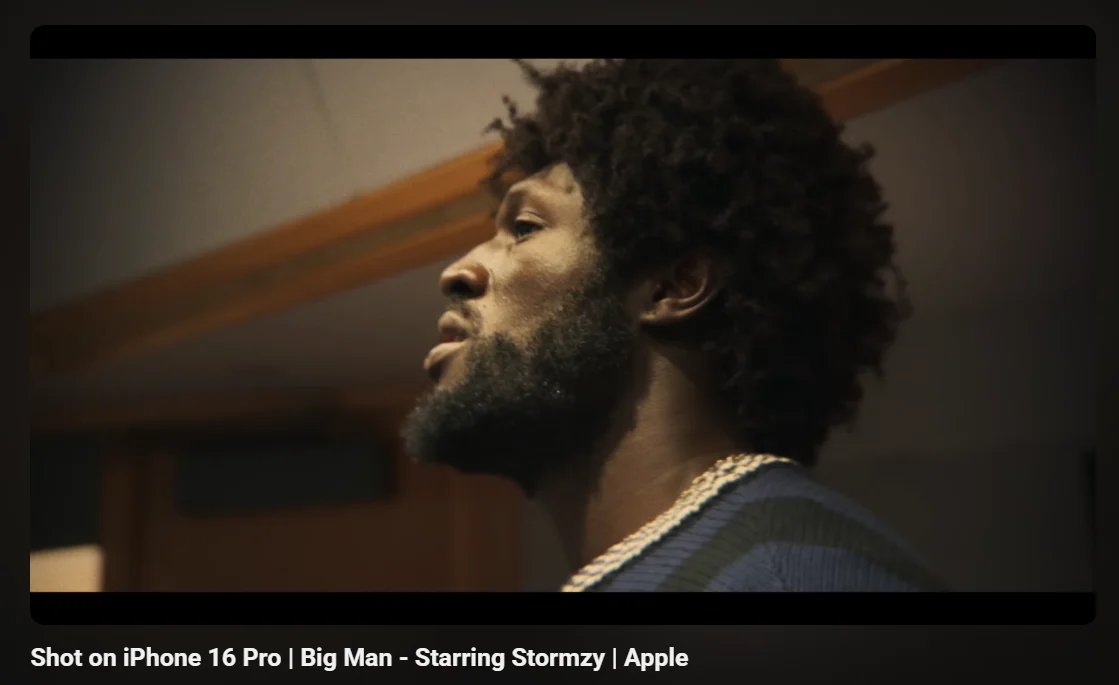
Apple's "Shot on iPhone" campaign is a prime example of effective user-generated content creation. Showcasing stunning photos taken by everyday people, allows Apple to create a sense of community and inspires users to capture and share their moments.
One of their powerful campaigns often feature short films shot entirely wit iPhone, sharing its cinematic capabilities for aspiring film makers, as shown on the YouTube video.
This campaign generated a lot of attention that highlights the iPhone's camera and reinforces the brand's connection with its customers.
Wendy's

Wendy's has become renowned for its brand personality: witty and often sarcastic social media presence. Wendy's has established itself as a fun and relatable brand by roasting competitors and engaging in playful banter.
While it never stops on simply promoting the fast-food joint, it also talks about recent viral news and events, taking opportunity of social media user's attention economy.
This approach not only generates buzz but also helps to differentiate Wendy's from other fast-food chains.
Manscaped

Manscaped has carved out a unique niche in the grooming market by addressing topics related to male grooming directly and humorously. Their ads often feature bold and provocative imagery, challenging societal norms and expectations, like the video above.
This strategic approach has helped Manscaped to stand out in a crowded market and attract a loyal customer base.
Dove

Dove's "Real Beauty" campaign has profoundly impacted the beauty industry. Dove has empowered women to embrace their natural beauty by challenging traditional beauty standards and promoting body positivity. The campaign's use of real women of diverse ages, shapes, and sizes has resonated with millions, sparking conversations about self-esteem and body image.
One way they promote body acceptance is promoting to discourage using retouching apps.
Dove's commitment to inclusivity and authenticity has solidified its reputation as a socially responsible brand.
Spotify
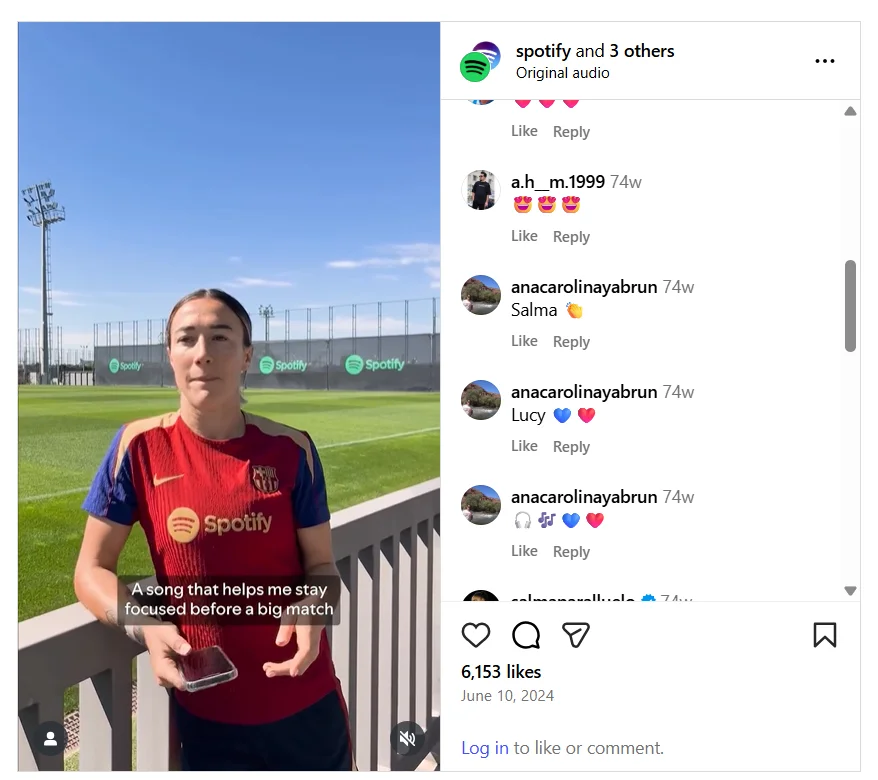
Spotify's success can be attributed to its ability to provide personalized music experiences for its users. Spotify tailors playlists and suggestions based on individual preferences through algorithms and recommendations.
One way it showcases the personalized music experience is working with celebrities on how they create their playlists.
This personalized approach has made Spotify a go-to platform for music discovery and enjoyment. Additionally, Spotify's partnerships with artists and exclusive content have helped to attract and retain a large user base.
Coca-Cola: Timeless Branding

Coca-Cola's iconic branding and marketing campaigns have made it one of the most recognizable brands in the world. The brand's timeless logo and classic red cans have become cultural symbols.
They asserts this by highlighting the brand mention from Stephen King's The Shining, published in 1977, as showcased on the YouTube video above.
Coca-Cola has also successfully leveraged nostalgia and created emotional connections with its global audience through its advertising. By tapping into universal themes like happiness and togetherness, Coca-Cola has managed to maintain its relevance and popularity over the years.
Gillette: A Man's Best Friend

Gillette has built a strong brand identity around positive masculinity and performance. Their advertising often features athletes and celebrities, reinforcing that Gillette products are essential for success.
One way they do this is posting videos that helps men's grooming routines.
Additionally, Gillette has been involved in social issues, such as the "Be a Man" campaign, which promoted positive masculinity. This focus on product performance and social responsibility has helped solidify Gillette's position as a leading brand in the men's grooming market.
Amazon Prime Video

One notable example is their use of memes and humor to promote new shows and movies, as shown on a TikTok video they made. They often create funny memes or GIFs related to their content, which can go viral and generate buzz.
Another successful strategy is using influencers and celebrities to promote original content. By partnering with popular figures, Amazon Prime Video can reach a wider audience and generate excitement for its shows.
Additionally, Amazon Prime Video has been effective at leveraging social media to engage with its audience through polls, Q&A sessions, and behind-the-scenes content. This helps build a sense of community and loyalty among its viewers.
Netflix

Netflix's social media campaigns are known for their creativity, humor, and ability to engage with audiences. They often uses memes, GIFs, and pop culture references to promote new shows and movies. For example, they showcased 'The Squid Game' cast doing sing-a-long to some of the childrens' game, which were used in the show, but in a deadlier way.
Additionally, Netflix frequently interacts with fans on social media, responding to comments, participating in discussions, and creating original content for its online audience. This engagement helps to build a sense of community and loyalty among Netflix subscribers.
FAQs
What are 7 types of digital marketing?
Digital marketing encompasses all marketing efforts that use the internet or an electronic device. Here are 7 fundamental types:
- Search Engine Optimization (SEO): Optimizing your website to rank higher in organic search results.
- Pay-Per-Click Advertising (PPC): Paying for ads that appear at the top of search results.
- Social Media Marketing: Using platforms like Facebook and Instagram to connect with your audience.
- Content Marketing: Creating valuable content like blog posts and videos to attract an audience.
- Email Marketing: Nurturing leads and building loyalty through email campaigns.
- Affiliate Marketing: Partnering with others who promote your product for a commission.
- Marketing Analytics: Measuring and analyzing marketing performance to optimize ROI.
What is the most effective social media advertising?
The "most effective" platform depends entirely on your target audience, goals, and content. However, here are the general leaders:
- For Most B2C Businesses (E-commerce, Brand Awareness): Meta Ads (Facebook & Instagram) are often the most versatile and effective due to their powerful targeting and broad user base.
- For B2B Marketing & Recruiting: LinkedIn is the undisputed leader for reaching professionals.
- For Reaching Gen Z & Millennials: TikTok is highly effective for viral, short-form video content.
- For Visual Industries (Fashion, Home Decor): Pinterest is ideal for users in a discovery mindset.
What are the 10 most popular social media platforms?
Based on global monthly active users, the most popular platforms are:
- Facebook (~3 billion)
- YouTube (~2.5 billion)
- WhatsApp (~2 billion)
- Instagram (~2 billion)
- TikTok (~1.5 billion)
- WeChat (~1.3 billion)
- Facebook Messenger (~1 billion)
- Telegram (~800 million)
- Douyin (~700 million)
- QQ (~600 million)
How to make social media advertising?
Follow this step-by-step process to create a social media ad:
- Set a Goal & Budget: Define what you want to achieve (e.g., sales, leads) and how much you will spend.
- Define Your Audience: Determine who you want to see your ad based on demographics and interests.
- Choose the Platform: Select the network where your target audience is most active.
- Create the Ad: Develop high-quality visuals (image/video) and compelling copy with a clear Call-to-Action (CTA).
- Set Up in Ad Manager: Use the platform's tools (e.g., Meta Ads Manager) to define your audience, set your budget, and launch the ad.
- Monitor Performance: Track key metrics like Click-Through Rate (CTR) and Cost Per Click (CPC).
- Analyze & Optimize: Review the data after the campaign and use the insights to improve future ads.
Final Thoughts
Remember that successful marketing campaigns are always an ongoing process. Make sure that you use the right social media platform, continuously monitor your campaigns, analyze performance metrics, and make adjustments as needed. By staying up-to-date with the latest trends and social media strategy best practices, you can maximize the effectiveness of your social media advertising efforts
Let us know how Evolv can help you create successful social media campaigns that compete in the digital market, no matter your business size.




